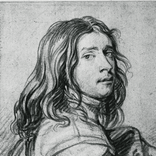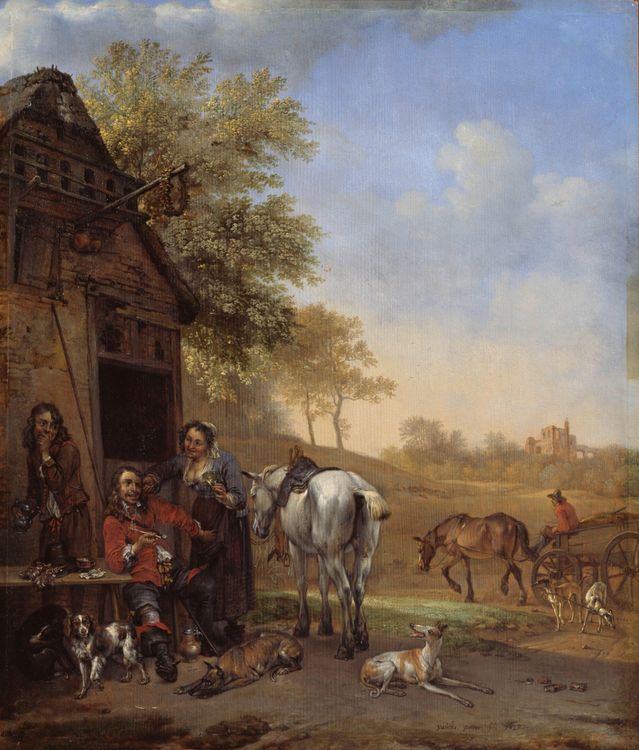
Paulus Potter
He would forever remain a promising talent: Paulus Potter. But he passed away at the age of 28. His young death did not prevent Paulus Potter from having a lasting influence on Dutch painting. Potter's Bull is a painting that almost everyone knows. Paulus Potter also excelled in genre painting. If he had lived longer, he would have certainly painted more because he had a deep love for his craft. In other words, he truly understood the fun part of art.
The life of Paulus Potter
Paulus Potter was born in 1625 in Enkhuizen. His mother belonged to one of the most influential families in the city, so he must have been exposed to high society from a young age. During those years, Enkhuizen was a bustling harbor town, one of the most important cities in the Republic. However, the family moved to Leiden when Paulus was still a child and shortly thereafter to Amsterdam.
In Amsterdam, Paulus Potter learned to paint from his father, Pieter Potter. However, it's questionable whether his father could teach him much because Paulus' talent far exceeded that of his father. Still, Pieter Potter had a good network. The fact that Pieter Codde's ex-wife moved in with them after Paulus' mother's death in 1636 is a testament to that, although it may have cooled his friendship with Codde.
In 1646, Paulus Potter enrolled in the Sint-Lucasgilde of Delft. To be admitted, you had to be a fully accomplished artist, so we can assume that he had completed his education by then. In Delft, he would meet the greatest painters of his time. Developing a good network is evident in the fact that in 1649, he could rent a house from the painter Jan van Goyen.
However, this house was not in Delft but in The Hague, where he quickly built his career. His background from influential Enkhuizen families and his marriage to a girl from The Hague allowed him to become familiar with the elite of The Hague, and hence potential patrons. Contacts made the difference! Upon invitation, the family moved to Amsterdam in 1652, where he could work for the most prominent families.
Paulus Potter gained much from his good connections, but he painted primarily out of passion. Friends and acquaintances described him as someone who was always painting - it was his pleasure and his life. And it became his death. Although the cause of death is unclear, testimonies from his time seem to suggest that he "died while painting," perhaps due to toxic substances in the paint. Others, however, attribute it to tuberculosis.
Works of Paulus Potter
Paulus Potter was someone who enjoyed taking walks and observing his surroundings. He had an eye for the countryside, particularly the animals he encountered there. His large painting of a bull is often mentioned in the same breath as his name, but he created many more depictions of animals, including exotic ones that he had the privilege to sketch in the personal zoo of the Oranges.
While the details are often impressively true to nature, Potter sometimes took liberties with reality. This already shows that he aimed to do more with his paintings than merely capturing the depicted subject. Potter also enjoyed embedding symbolism in his paintings. The image convinces at first glance, the "wow moment," but those who continue to look will discover a deeper layer.
Paulus Potter & the fun part of art
Paulus Potter's passion is something that leaves no one untouched. This man wanted to paint, and his enthusiasm radiates from his canvases. And he could do it, no doubt about it! Paulus Potter gets to the heart of the fun part of art. Bas Zevenbergen will tell you in our virtual museum what you'll see when you take your time to appreciate Paulus Potter's paintings – and those of his contemporaries. This is how history comes to life.
